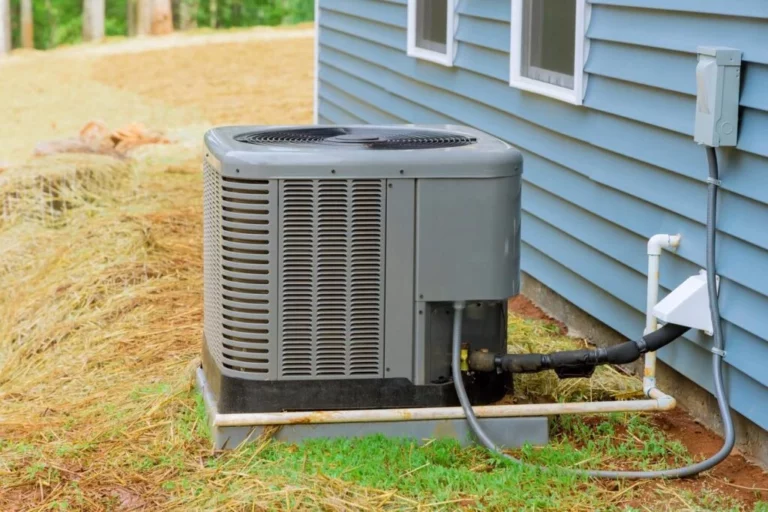Heating your floors not only enhances comfort but also improves energy efficiency in your home. As technology progresses, homeowners in 2024 have several advanced options to consider when deciding on the best way to heat their floors. This article explores the most effective and popular methods available today.
1. Radiant Floor Heating
Radiant floor heating is widely regarded as one of the most efficient and luxurious ways to heat a home. It involves installing a system beneath the floor that emits heat upwards, warming the room evenly from the ground up. There are two primary types of radiant floor heating:
Electric Radiant Floor Heating
Electric systems use electric cables or mats installed beneath the flooring. These systems are straightforward to install, especially during new construction or major renovations. They are ideal for small areas like bathrooms or kitchens but can be costly to operate in larger spaces.
Pros:
- Easy installation for small spaces
- Quick to heat up
- Can be controlled with a thermostat for optimal comfort
Cons:
- Higher operational costs for large areas
- Relatively expensive initial installation
Hydronic Radiant Floor Heating
Hydronic systems use hot water circulated through tubes embedded in the floor. These systems are more energy-efficient than electric systems and are suitable for whole-house heating. They are usually powered by a boiler, which can be fueled by gas, oil, or electricity.
Pros:
- Lower operational costs for large spaces
- Highly energy-efficient
- Provides consistent and even heating
Cons:
- More complex and expensive to install
- Requires a boiler and additional plumbing

2. Forced-Air Systems with Floor Vents
Forced-air systems use a furnace or heat pump to distribute warm air through ducts and floor vents. While not as efficient as radiant heating, these systems are common in many homes and can be a cost-effective solution when upgrading an existing HVAC system.
Pros:
- Utilizes existing ductwork
- Can be combined with air conditioning
- Quick to heat up rooms
Cons:
- Less efficient than radiant heating
- Can cause uneven heating and drafts
- Requires regular maintenance
3. Geothermal Heating
Geothermal heating leverages the constant temperature of the earth to heat your home. This system involves installing a series of pipes (a ground loop) underground, which circulates a fluid that absorbs and transfers heat from the ground to your home.
Pros:
- Extremely energy-efficient and eco-friendly
- Low operational costs
- Long lifespan and minimal maintenance
Cons:
- High initial installation cost
- Requires adequate land for ground loop installation
- Complex installation process
4. Infrared Heating Panels
Infrared heating panels are a modern and increasingly popular option for floor heating. These panels emit infrared radiation that directly warms objects and people in the room without heating the air.
Pros:
- Energy-efficient
- Provides instant heat
- Easy to install and maintain
Cons:
- Can be less effective in larger areas
- May require multiple panels for adequate coverage
- Initial cost can be high
Conclusion
When choosing the best way to heat your floor in 2024, consider factors such as the size of the area, your budget, and your energy efficiency goals. Radiant floor heating, particularly hydronic systems, offers the best combination of comfort and efficiency for whole-house heating. Electric radiant systems are perfect for smaller spaces, while geothermal heating and infrared panels present innovative and eco-friendly alternatives. Each method has its own set of advantages and drawbacks, so evaluate your specific needs to make the best choice for your home.





